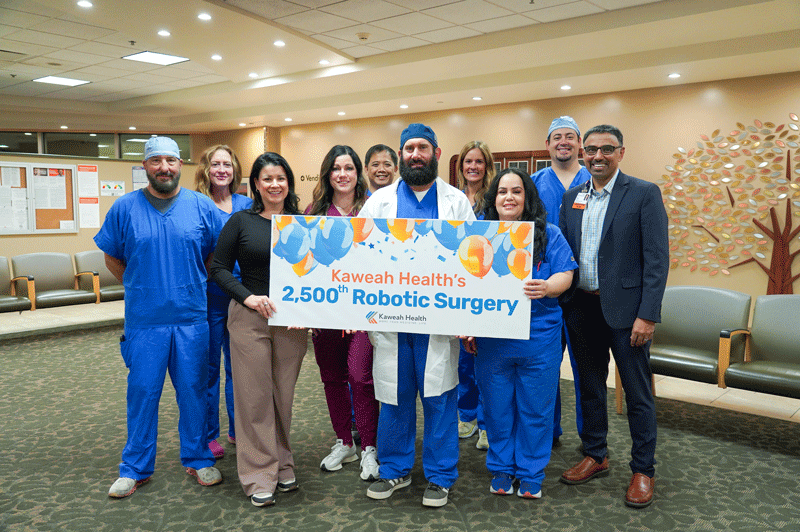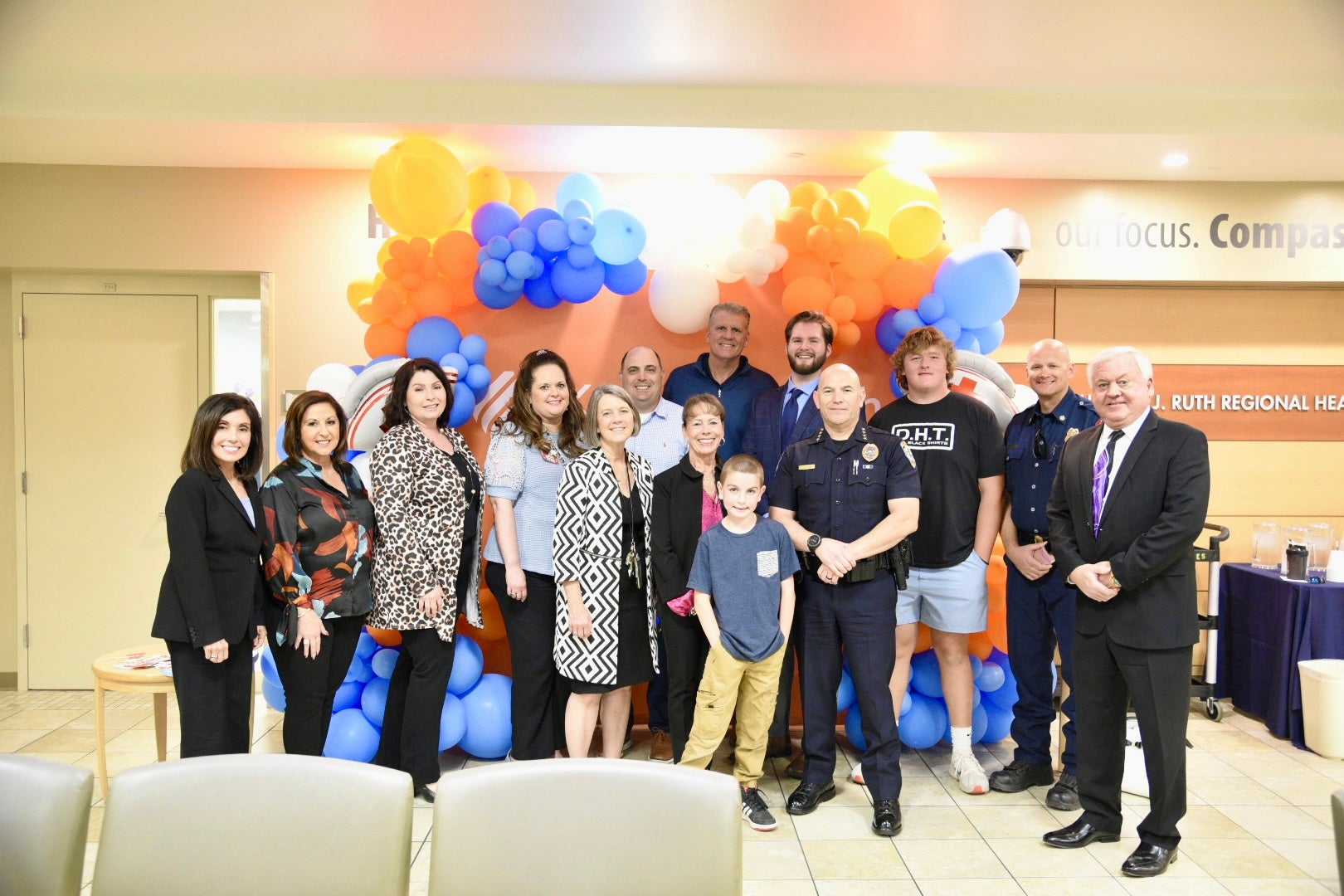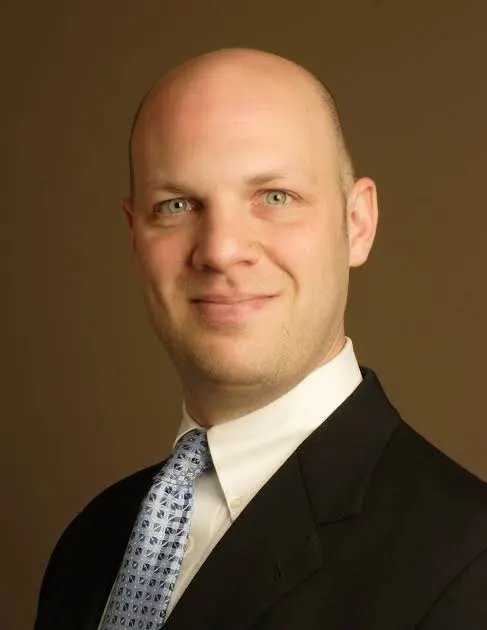Kaweah Health Reaches 2,500th Robotic Surgery Milestone
October 6, 2025
Dr. Joseph Ford, urologist, hit an incredible milestone today — performing the 2,500th da Vinci® Xi™ robotic surgery at Kaweah Health since 2018.
“That means 2,500 patients have received less-invasive surgery, allowing for quicker recoveries at the skilled hands of our physicians,” said Jag Batth, Kaweah Health Chief Operating Officer. “This is a testament to Kaweah Health’s substantial investment in innovative robotic technology.”
Dr. Ford is one of more than a dozen specially trained surgeons across several disciplines who utilize the da Vinci system at Kaweah Health.
With da Vinci, small incisions are used to introduce special instruments and a high-definition 3D camera. Seated comfortably at the da Vinci console, surgeons view a magnified, high-resolution 3D image of the surgical site while guiding the instruments through precise micro-movements.
Although used for several types of surgery, the da Vinci’s minimally invasive approach is ideal for delicate urologic surgery. This includes prostatectomy, where the target site is not only tightly confined but also surrounded by nerves affecting urinary control and sexual function.
With robotic surgery, patients benefit from smaller incisions, faster recoveries, and maximum precision.
“Volume-wise, Kaweah Health is doing more robotic surgeries than any hospital in the area,” Dr. Ford said. “With the higher volume, Kaweah Health has more experienced surgeons and surgical teams, increasing access for patients.”
Kaweah Health first brought robotic surgery to the community in 2010, when its first da Vinci robot was purchased. As more surgeons have become trained on the technology, about 400 robotic surgeries have been performed annually in the last few years. Besides urologic surgeries, the da Vinci is used for colorectal, gynecological, and general surgeries.
In addition to the da Vinci, Kaweah Health also has ROSA® Knee robotic technology to assist with knee replacements and the ExcelsiusGPS® to assist with spinal surgeries. These systems do not replace the surgeon but rather act as highly sophisticated tools to enhance the surgeon’s capabilities. For patients, that may mean faster recovery time to get back to doing what is most important to them.


